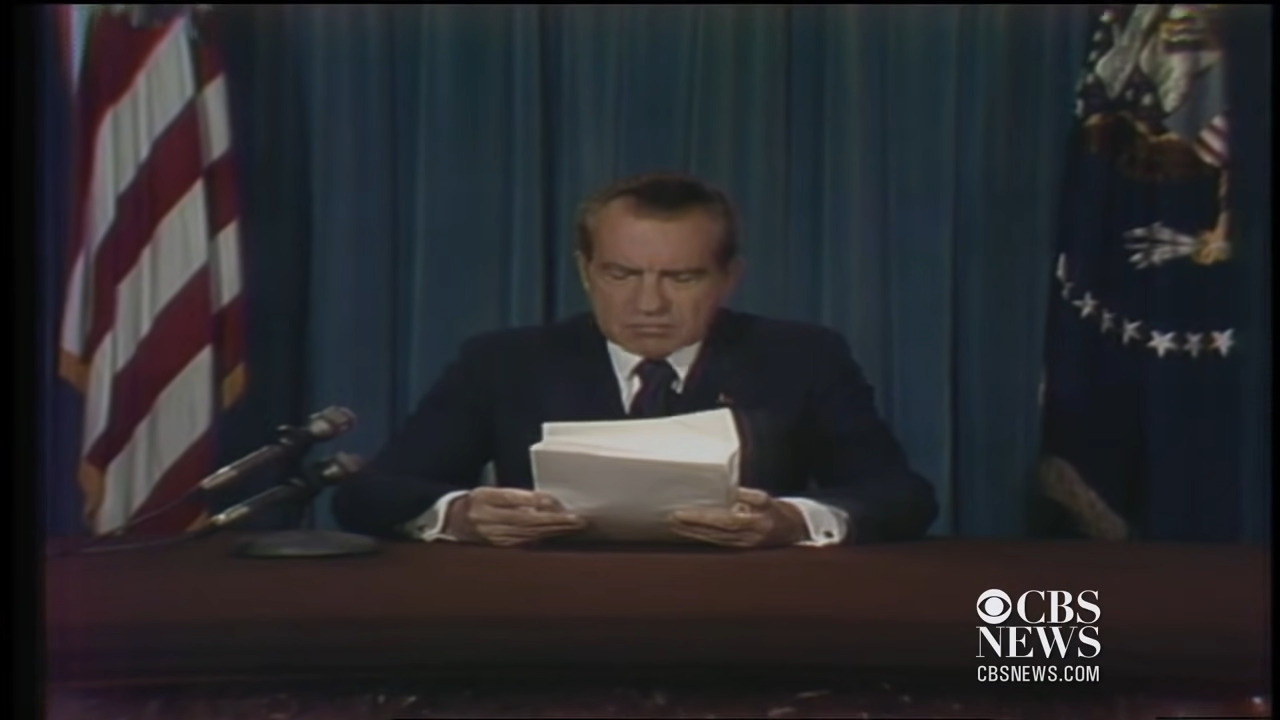Hey there, history buffs! Today, let’s take a stroll down memory lane and explore a pivotal moment in the life of one of America’s most intriguing figures – Richard Nixon. Fasten your seatbelts because, on this day, Nixon gave the nod for the construction of the Alaska Pipeline, setting the stage for a game-changing chapter in U.S. history.
A Presidential Nod:
Nixon’s Role in the Alaskan Pipeline Saga
Alright, picture this: it’s the 16th of November, and Richard Nixon, the 37th President of the United States, is making waves with a decision that would reshape the nation’s energy landscape. Forget the usual political jargon; we’re diving into the nitty-gritty of how Nixon played a key role in the greenlighting of the Alaska Pipeline.
Nixon, in his signature style, was facing a nation grappling with energy crises. It was the early 1970s, and the United States was hungry for a stable and secure energy source. Enter the Alaskan Pipeline, a mammoth project that would eventually stretch over 800 miles, carrying crude oil from the North Slope of Alaska to the ice-free port of Valdez.
Our man Nixon, ever the strategist, saw the potential of this project not just as an energy solution but also as a geopolitical move. With the Middle East flexing its oil muscles, securing a domestic source became a top priority. So, on this very day, Nixon gave the green light, signaling the beginning of a colossal undertaking that would not only meet the country’s energy needs but also have far-reaching economic and geopolitical implications.
Nixon’s Alaska Dream:
Transforming Visions into Reality
Now, let’s get real. We all know that decisions made in the Oval Office aren’t just about policy; they’re about legacy. Nixon’s approval of the Alaska Pipeline wasn’t just a checkmark on his presidential to-do list; it was a bold move that echoed through the years. Think of it as Nixon’s way of saying, “I’ve got a vision, and I’m making it happen.”
In the midst of this monumental decision, let’s take a breather and throw in a few tidbits from the past. In 1907, Oklahoma joined the party as the 46th state in the union. Fast forward to 1914, the New York Fed opened its doors, intending to be the financial superhero in times of crisis. And in 1933, diplomatic relations with the Soviet Union were established, paving the way for a complicated dance between superpowers.
Oh, and let’s not forget the bizarre and gruesome 1957 tale of Ed Gein, who made Clark Gable’s Gone With The Wind seem like a walk in the park. Gein’s house of horrors included human skulls, a heart in a pot, and a belt made of human flesh. Talk about a plot twist in the historical narrative!
A Tapestry of Events:
Nixon’s Decision in a Historical Context
Now, let’s zoom out a bit. Nixon’s go-ahead for the Alaska Pipeline wasn’t just a solitary event in the history books. It was a stitch in the intricate tapestry of American history. In 1960, as Hollywood mourned the loss of Clark Gable, the nation was already on a trajectory toward modernization and progress.
Nixon’s decision was more than just a pipeline; it was a bold stroke on the canvas of national development. It spoke of a president who wasn’t afraid to tackle challenges head-on, to secure the future of the nation. In the grand scheme of things, Nixon’s move wasn’t just about oil; it was about resilience, foresight, and a commitment to shaping a brighter tomorrow.
So, as we wrap up this trip down memory lane, let’s raise a virtual toast to Richard Nixon and the day he paved the way for the Alaska Pipeline. It’s a reminder that history isn’t just about dates and decisions; it’s about the people who dared to dream big and turn those dreams into reality. Cheers to you, Nixon, for being a player in the ever-evolving story of the United States.


Leave a Reply